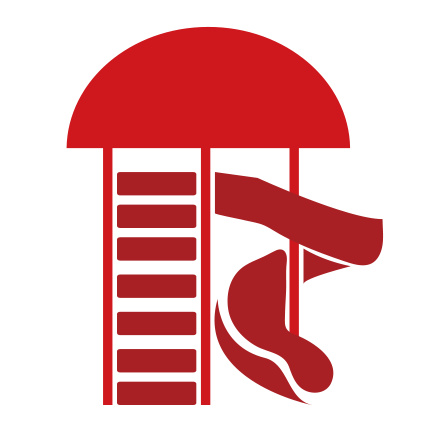5 Design Issues to Avoid On Your Next Rotational Molded Part
Flat Walls
Flat wall can be difficult to achieve in the rotational molding process because parts are always formed by hollow molds with no internal cores. Experienced designers will avoid flat walls wherever possible by adding reinforcement ribs, kiss offs or a crown. A crown of .015 inch-per-inch is recommended on large flat surfaces.
If the design requires a flat surface, it is critical to discuss acceptable tolerances with our Engineering and Quality Assurance teams. The commercially accepted tolerance for flatness in rotomolding is ±.20 inch-per-inch; however there are many variables that could easily increase this to ±.50 inch-per-inch or more.
In addition, some flat surfaces are still susceptible to creep and environmental conditions after the molding process making them difficult to warrant.
Sharp Corners
Like most other plastic processes, sharp corners should be avoided in rotational molding. Sharp corners affect the flow of plastic resin during processing and are much more likely to create stress in the finished product. Plus, they tend to collect more heat which leads to thicker wall sections and thinner inside corners.
Adding a simple radius can drastically increase the quality of a rotational molded product. An outside radius should be as large as possible and no less than .125 inch for polyethylene. For inside radii the general rule of thumb is to use your nominal wall thickness as the minimum radii. Anything less could result in a weakened corner.
Narrow Wall Separation
A common design error in rotational molding is failing to provide enough gap between walls for the material to flow properly. Rotational molding uses gravity instead of pressure to distribute the plastic throughout the mold. A restricted passage way may cause material to web between the walls and likely create voids in other areas.
Whether it is a main wall or a structural rib, a minimum wall separation of 5X the wall thickness is recommended.
Draft
Draft angles on rotomolded products are very dependent on the design on the product. Draft angles are primarily used to release the part from the mold. A simple rotomolded part like cylindrical tank may not require draft because the plastic naturally shrinks away from the mold as it cools. Some heavy textures require 3 degrees of draft while male sections and undercuts may need 5 degrees or more.
In general it is good practice to include a generous amount draft while designing your rotational molded part to avoid issues with cooling time, labor, quality and stability issues.
Tooling and Fixtures
The precision, aesthetics and efficiency of any rotomolded part is directly tied to the quality of the tooling used to manufacture it. Every mold and fixture needs to be designed and produced adequately to ensure a quality and repeatable product throughout its lifespan. We highly recommend discussing your tooling requirements with our experienced Engineering team.
Ready to talk about your next project?
Industries We Serve
Dutchland Plastics has played a role in engineering, replicating, producing and manufacturing hundreds of products for a number of industries.

Outdoor Industry

Marine Industry

